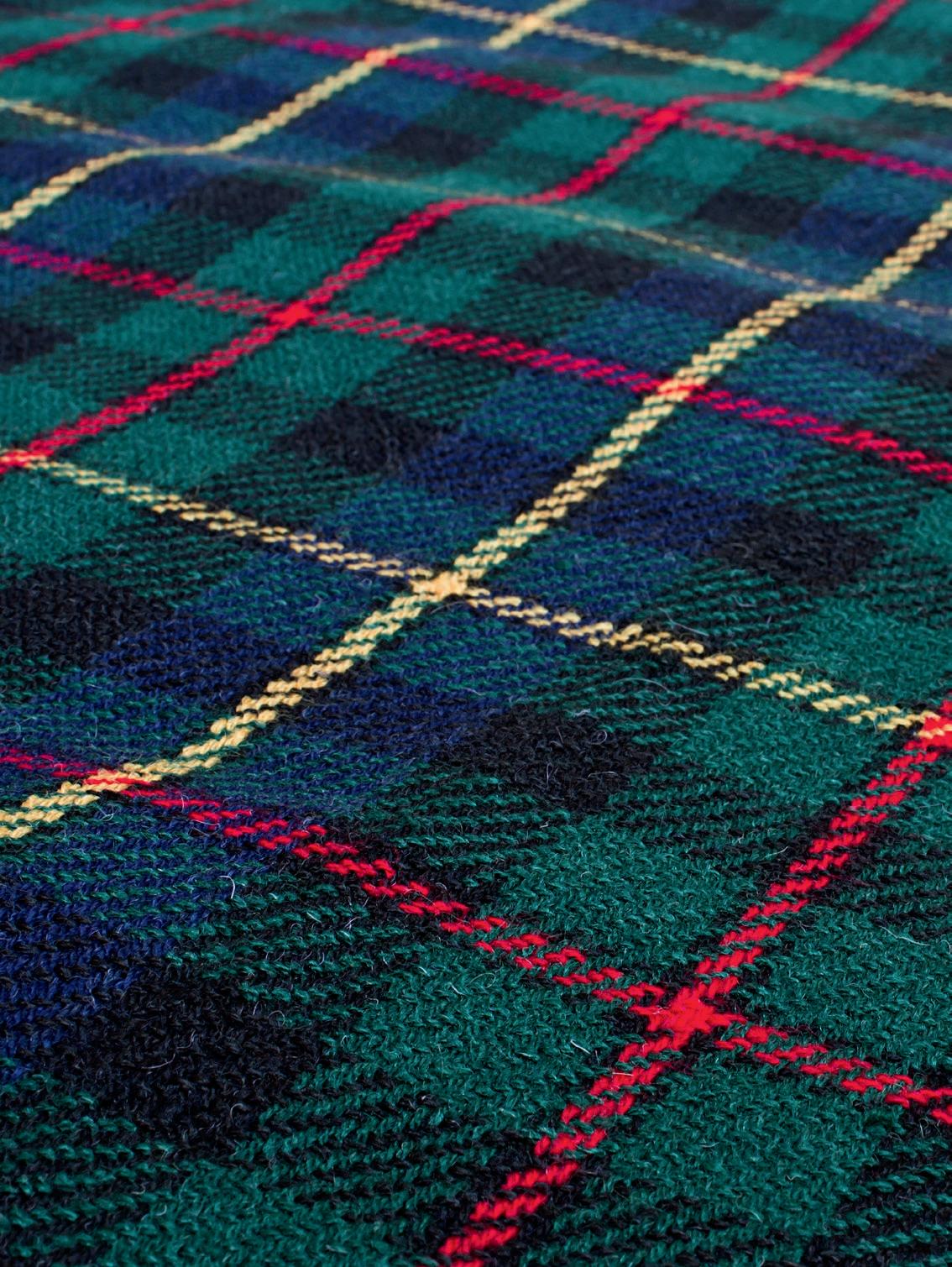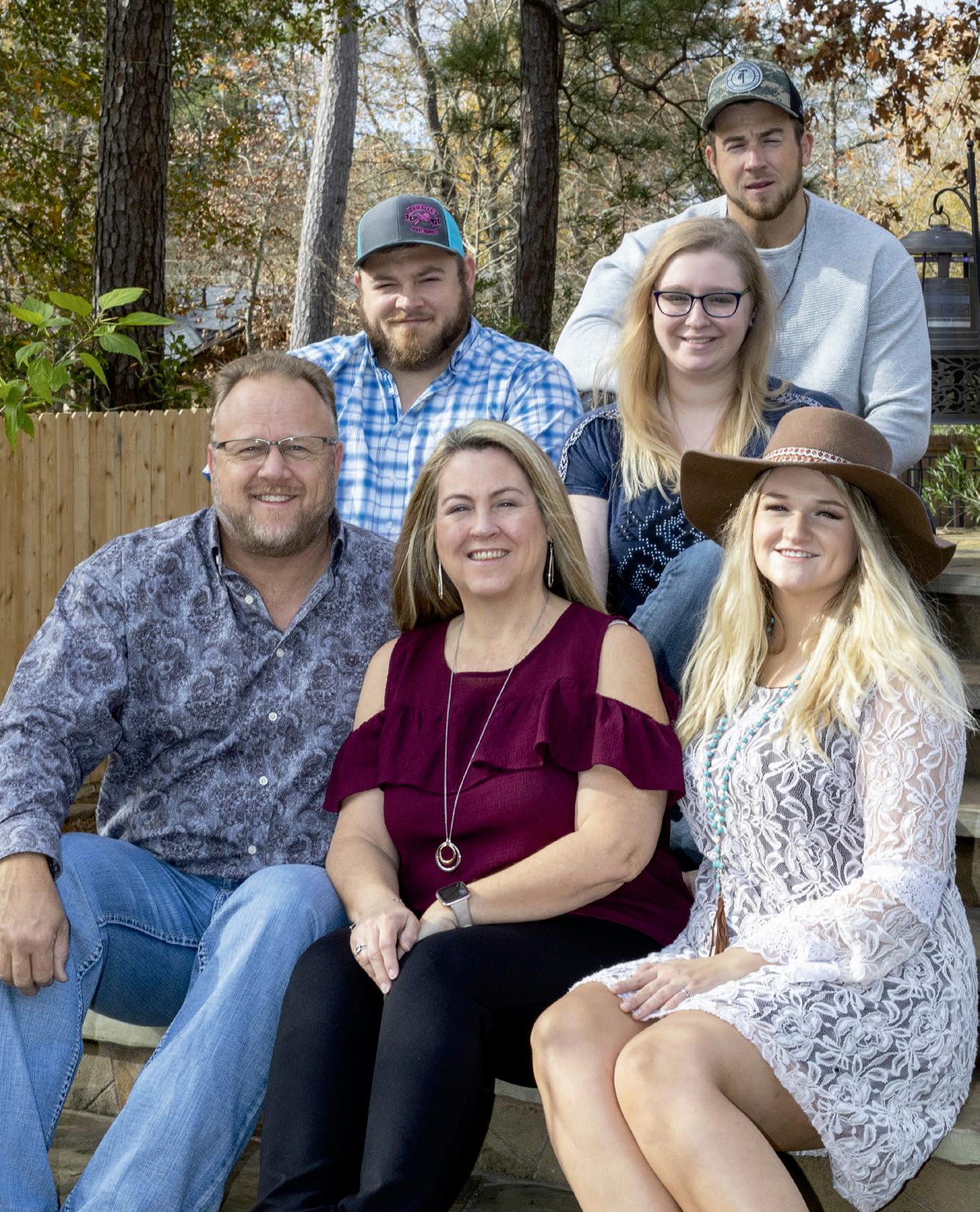
3 minute read
Garden Post
• FREE Estimates • Locally Owned and Fully Insured • 10 Year Labor Warranty • Military & Senior Discounts • Residential or Commercial • Insurance Claims Welcome • Roof Repairs (Architectural) • Hardie Siding • Gutter and Down Spout Repairs • Fascia & Soffit Repair • Exterior Painting • Sheetrock Work • Emergency Repairs 24/7 • References Available Upon Request 281-513-6263
Keith@onlyonehighlander.com


By Kim Bius
Everything’s Coming Up Roses (and Fruits)
Winter in southeast Texas is “like a box of chocolates,” if I may parrot a phrase from Forrest Gump. You never know what you are going to get! As I write, 3” of snow blankets the garden center grounds, whereas just a week prior, wearing shorts to work seemed a better plan.
If you follow the Almanac, 2021 in our area is predicted to be a fairly mild winter, with spring temperatures headed our way in March. A bit of research shows nighttime temperatures in the 40s fairly consistently through February and more than a few nights in the 30s. What does this mean for gardeners?
The time to plant fruit, nut, and shade trees is now, before the trees break dormancy. Citrus trees should be protectively planted after the last killing frost date. To plant successfully, choose a spot with 8-10 hours of direct sunlight a day, good drainage, and an area that can be easily irrigated consistently. Fruit tree varieties that have zero tolerance for drought are peach, apricot, and plum. Apples can be a bit more moderate, but figs and pears will be more drought tolerant, with citrus and pomegranate being the most tolerant of inconsistent watering. Fruit trees will take several years to establish themselves and should be planted with a root stimulator and followed up with a fertilizer program beginning in March. My “go-to” is Fertilome’s fruit and nut tree granular. It is especially important to shop where the correct fruit tree varieties are being offered for your area, according to chill hours. A chill hour, is the amount of time below 43 degrees a tree must receive to set fruit. Low 250 chilling hour apples will do well into south Texas but a Red Baron Peach with a 900 chilling hour requirement will do best in the Dallas/Tyler area. Cold winters bring about massive fruit production from older heirloom trees.
In choosing your fruit tree, do not be so worried about how straight the tree is or how many branches. Most trees on the market are from 1-2 years old, and they will quickly grow out of any apparent shape. What you should look for is a tight graft, with 2” of trunk below the graft. Choose trees with no lesions on the bark and in biodegradable peat pots. This prevents transplant shock (you plant “pot and all”).
February is the month of roses, and like fruit trees, the earlier you shop, the more likely you will find the “hard to find” and new varieties. Like fruit trees, choose roses in biodegradable peat pots for easy planting. Newer rose varieties are patented, thus the $12.00 plus royalty on the price. Patents last for 7 years, and roses are always “going out of patent” yearly. Varieties that DO NOT SELL WELL are dropped from production by growers. I am a rose fanatic and choose them over all other bloomers. Are they easy to grow, and will they require maintenance to look their best? Yes. Water consistently, keep fertilized, give adequate air flow, keep away from deer, prune 2-3x a year, spray biweekly for insect/disease, and you are done. Landscape roses, such as knockouts and drifts, are even easier and look fabulous year-round.
If you would like to learn more about planting fruit trees and/or roses, visit our website at kimshomeandgardencenter.com for seminar and workshop info. January 30th is Fruit Trees and February 13th is Roses.
As always, Happy Gardening!



